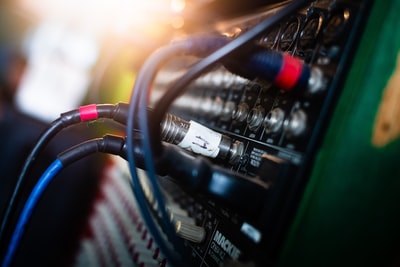Aneurysm

Blood flow
In order to prevent the blood from flowing in the wrong direction, known as backflow, the heart contains a number of valves. In fact, they’re located between each chamber.
- The tricuspid and mitral valves are situated between the atria and ventricles are known collectively as the atrioventricular valves. They’re controlled by cordae tendinae which are attached to papillary muscles. During ventricular systole these muscles contract which causes the valves to close.
- The pulmonic and aortic valves are known as the semilunar valves. They’re controlled differently than the atrioventricular valves in that the blood pressure within the vessel causes them to close.
You should also be able to see from the diagram that the muscle in the left ventricle is thicker than in the other chambers. This is due to the fact that the blood pressure in the aorta is higher than in the pulmonary artery as the blood has to travel all the way around the body.